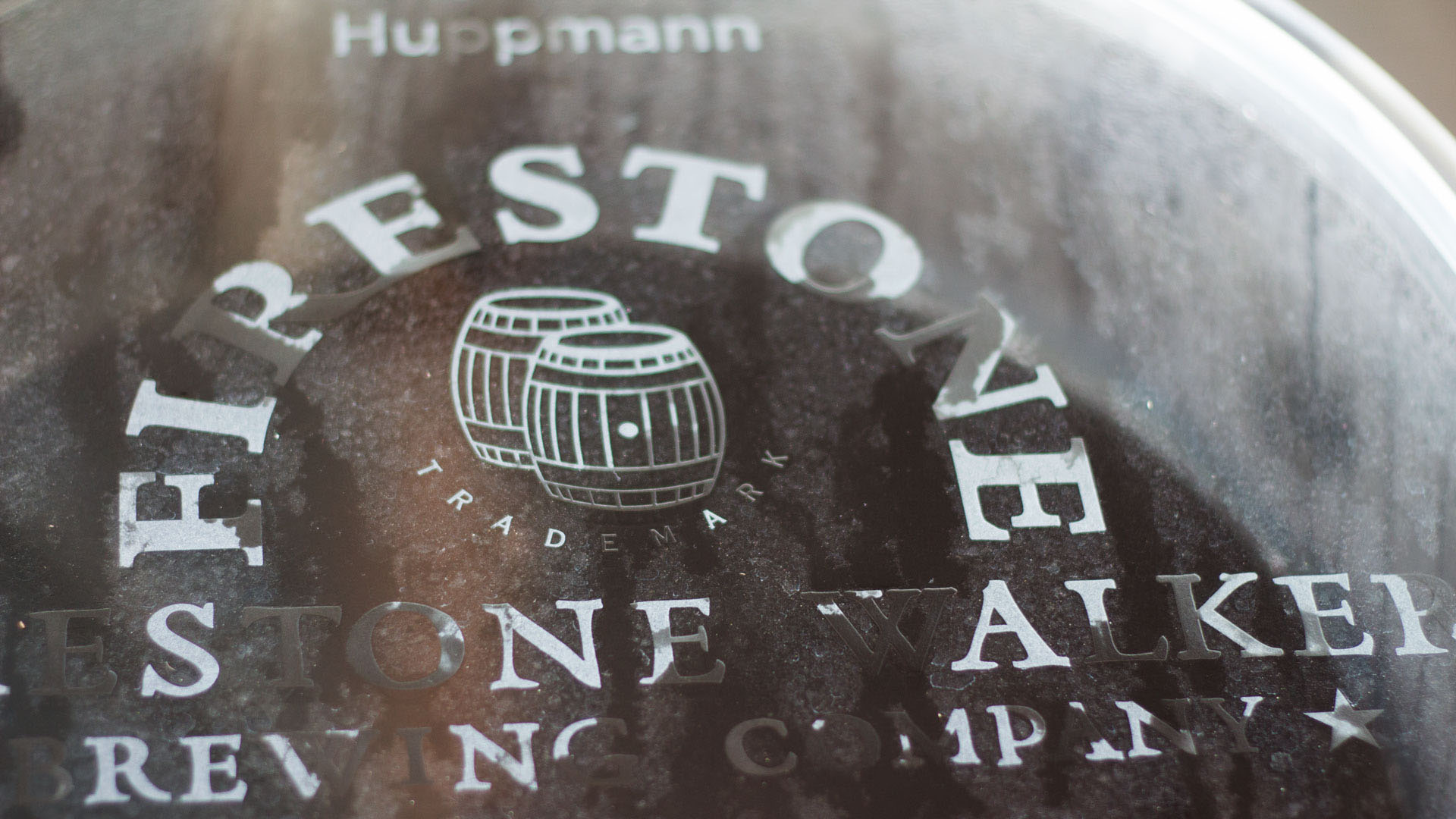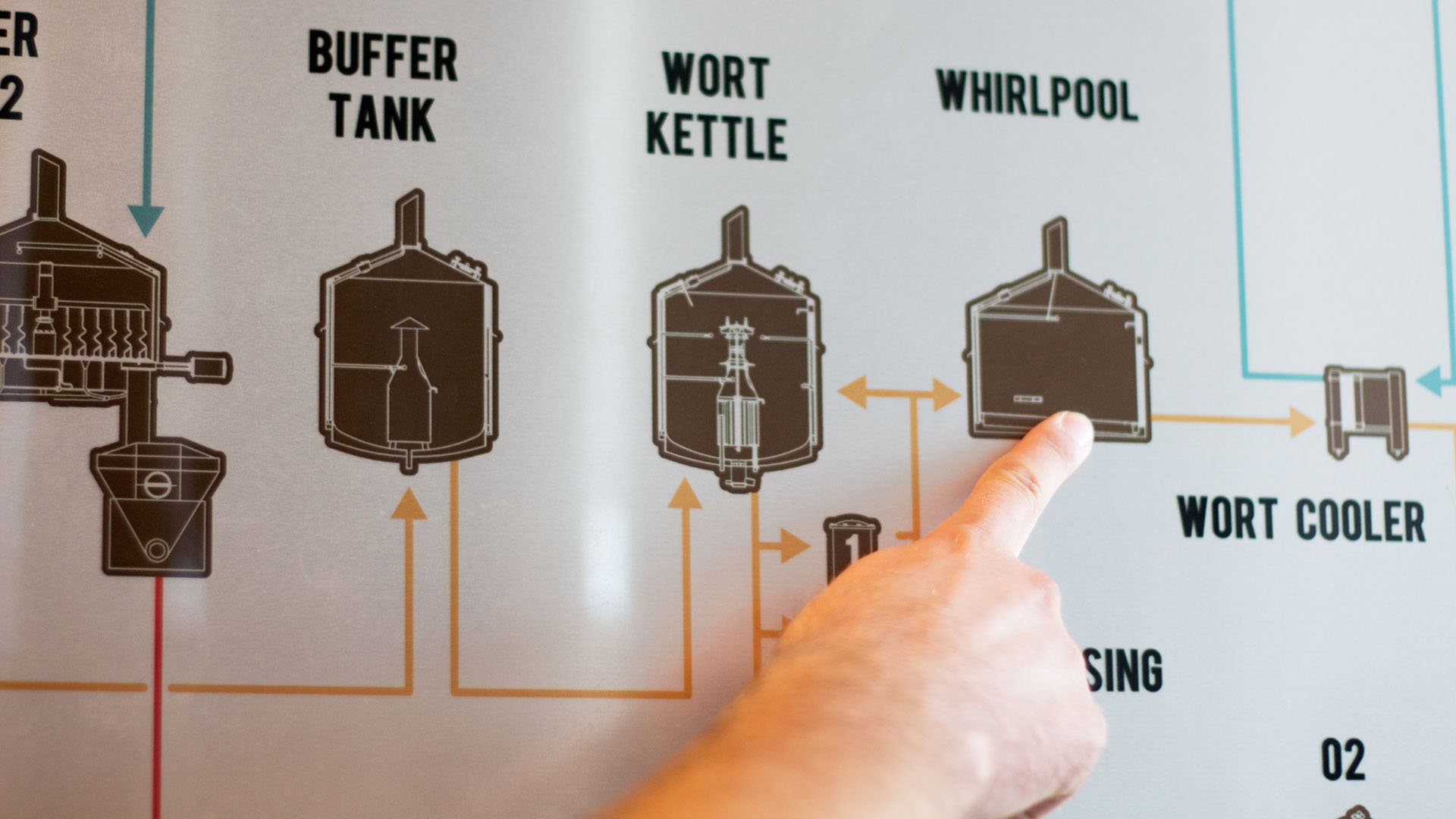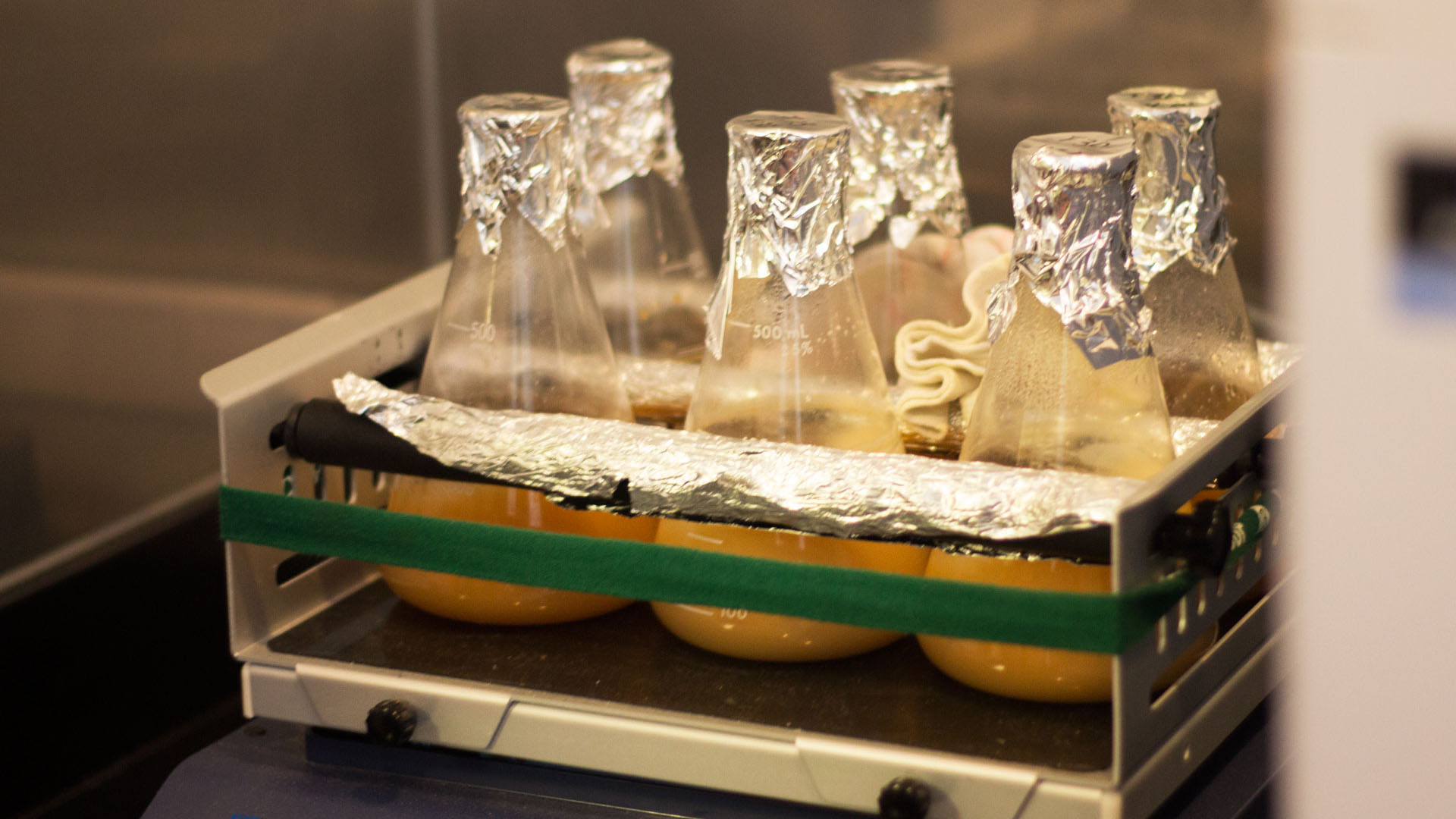
What's the Hops?
W
The Tour
Take a virtual tour through Firestone Walker Brewery as Microbiologist Charles Wilkins walks you through the art of beer making. He explains the entire process, his every day duties and Firestone's mission to make "even better beer."










W
Drunk History
Drunk History is the liquored up version of how Firestone Walker Brewery came to be. Charles Wilkins enjoys a few brews while sharing a story filled with (what we think are) facts, laughs and more than a few burps.
W
Do It Yourself: Home Brewing
Roommates and bestfriends, Ryan Geller, 3rd year Child Development major, and Joaquin Lozano, 3rd year Agri-Business major, walk you step by step through the process of home brewing. Their passion for beer making at home comes from "total boredom and the love for beer," says Geller. "We tried it one summer, had a lot of fun, made a huge mess, and successfully didn't kill eachother in the process," Lozano says. Follow their journey start to finish, with a little help from expert beer microbiologist, Charles Wilkins, along the way.

W
The Move
Firestone Walker Brewery plans to expand its Paso Robles, Ca campups due to an increase in production and popularity in the past few years. Here are the steps that lead to the six million dollar expansion plan.

W
The Buzz
Check out the current buzz surrounding the Craft Beer industry - from its recent rise in popularity, to its expected growth in the next ten years, and everything inbetween. Learn how your favorite microbreweries came to be and how you've had an impact in their success.